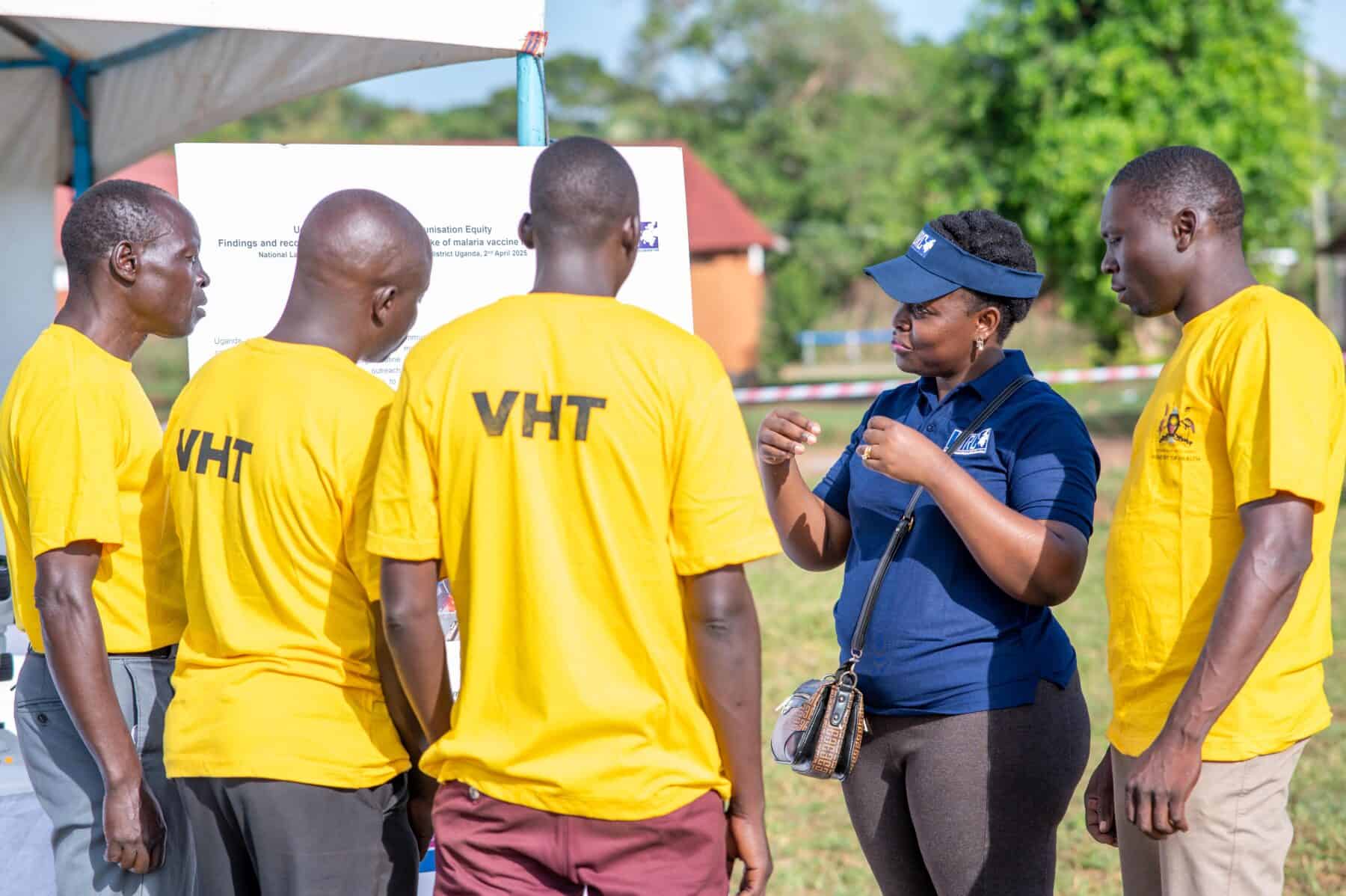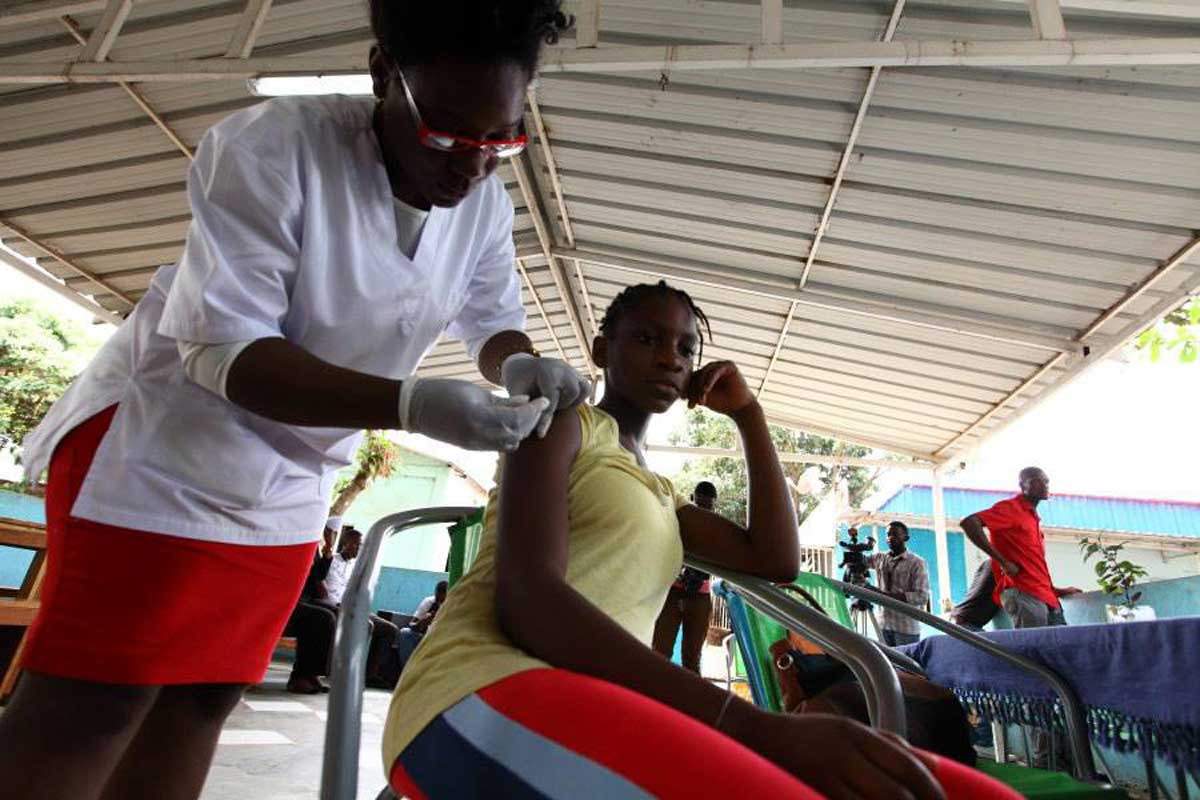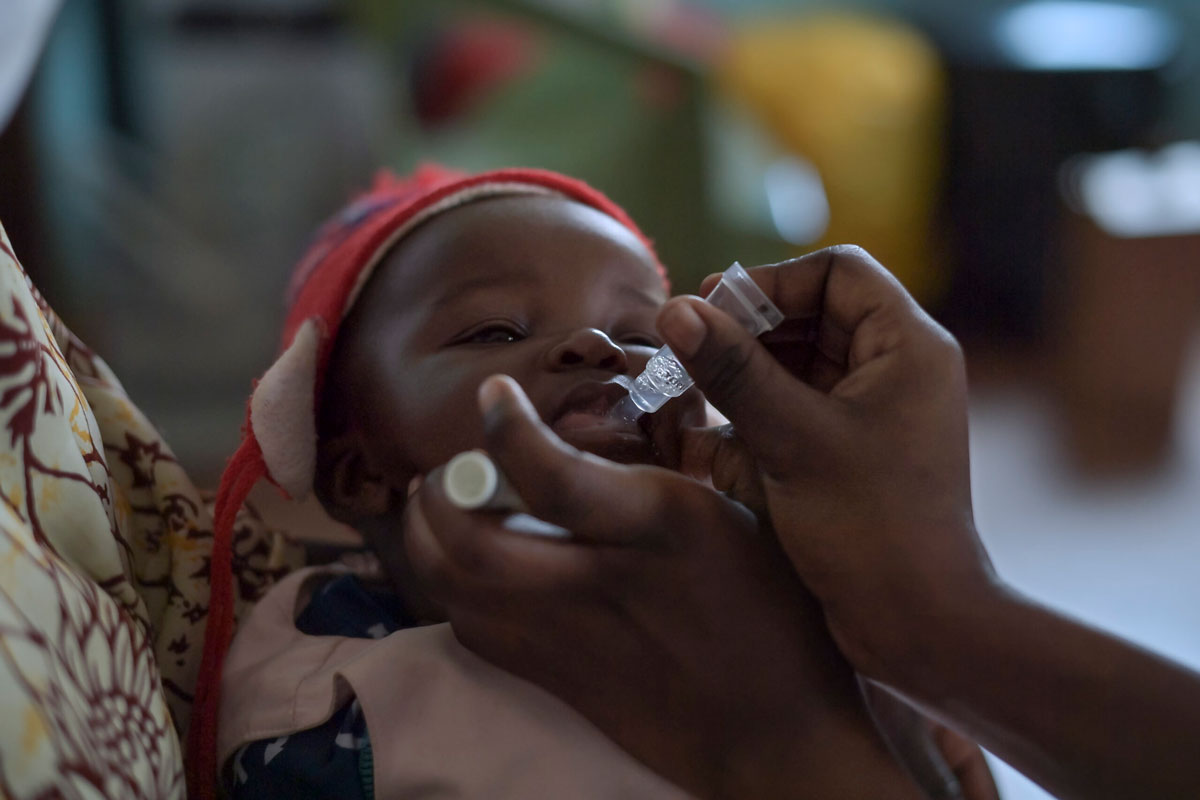Slum-dwellers disproportionately affected by COVID-19, study suggests
People living in Brazilian slums died of COVID-19 at disproportionate rates – but redistributing intensive care beds to anyone in need has wider benefits.
- 6 May 2022
- 4 min read
- by Maya Prabhu

In early 2020, when country after country was cascading into COVID-19 lockdown, many observers voiced fears for the world’s slum-zones. Globally, one billion people live in slums: unplanned, and typically poorly constructed settlements, often not connected to basic services such as clean water, sanitation and hygiene facilities. Such conditions – combined with overcrowding, populations that often commute to workplaces far away from their homes, and the kind of poverty that makes staying home to stay safe an unaffordable luxury – are ideal for a highly contagious respiratory virus such as SARS-CoV-2.
This study shows how inequities can be perilous, and how redistributing health resources so that everyone can access them can save lives.
So, has COVID-19 proven to be a match to the tinderbox of vulnerabilities in these contexts? A new study provides some clues. Recently published in the Journal of Development Economics, it takes a deep and revealing look at how slums shape the health and economic dynamics of a pandemic.
What did the researchers do?
Researchers led by Cezar Santos, an associate professor of economics at the EPGE Brazilian School of Economics and Finance in Rio de Janeiro, took a two-part approach to exploring how slums behaved during a pandemic.
First, they used geo-localised data from millions of mobile phones in the Brazilian cities of Sao Paulo and Rio de Janeiro in Brazil – a country particularly hard-hit by the pandemic – to compare rates of social distancing, hospitalisation and death among people living in slum versus non-slum zones.
Next, they built a complex model to explore how slum and non-slum residents might behave faced with various public health interventions, using demographic and economic data from the two cities to inform the groups’ characteristics and behavioural choices.
The virus in their model mimicked COVID-19 in its epidemiological characteristics, and their hypothetical baseline was a zero-intervention, unchecked pandemic hitting a city of slums and non-slums. The interventions they simulated included lockdown orders, redistributing hospital resources, and paying residents lump sums of cash – which could potentially make it easier for them to stay at home.
Have you read?
What did they find?
The mobile phone data confirmed two important things: people who lived in slums engaged in less social distancing than their non-slum counterparts, and they died or were hospitalised at disproportionately high rates.
This heavy toll on slum-dwellers actually serves to shield those who are less vulnerable. “Although slum dwellers correspond to 22% of Rio de Janeiro’s population, they account for 30% of the COVID-19 deaths in the city. This group thus contributes more towards reaching herd immunity in the city,” Santos and colleagues wrote. “In a counterfactual world without slums, residents in other neighbourhoods end up catching the virus more and die in higher numbers.”
Compellingly, the model-based simulations found that allowing intensive care unit (ICU) beds in private hospitals to be used by anyone in need resulted in a 28% reduction in total deaths. The researchers explained that in Rio de Janeiro, private hospitals have 3,079 ICU beds, whereas public hospitals have only 510. Just 15% of people have private health insurance, therefore access to these private hospital facilities.
They also found that mild lockdowns benefitted slum residents, because they reduced demands for hospital beds. However, stringent shelter-at-home orders only delayed, rather than reducing deaths – they were helpful only if the delay could be used to introduce a vaccine or treatment.
What are the implications?
This study shows how inequities can be perilous, and how redistributing health resources so that everyone can access them can save lives.
Slum-dwellers weren’t the only ones to benefit: in their counterfactual scenario, the researchers assumed that all ICU beds, public or private, could be allocated to anyone in need, regardless of whether the patient came from a slum area or not, or whether or not they had insurance. Although slum dwellers benefitted most, those living in non-slum areas were also positively affected since only a small fraction of them have private health insurance, they noted – adding that in this scenario, GDP also increased.
“The paper highlights that redistributive policies can have positive health, economic and welfare effects in the context of COVID-19,” tweeted Luiz Brotherhood, lead author of the study.









